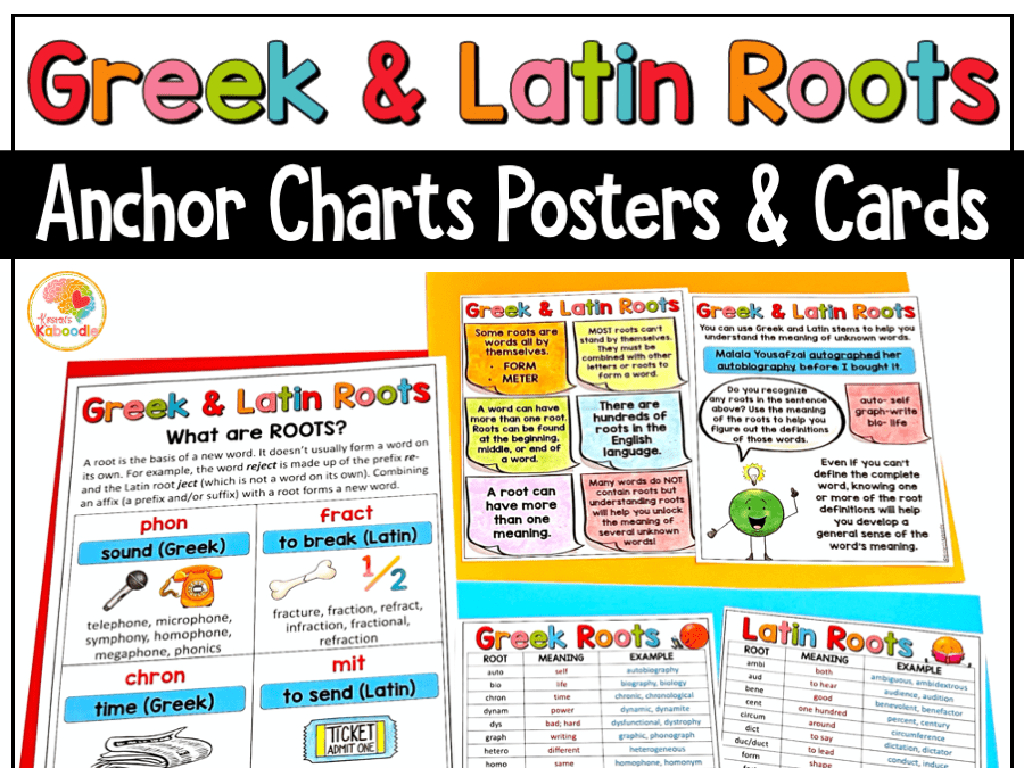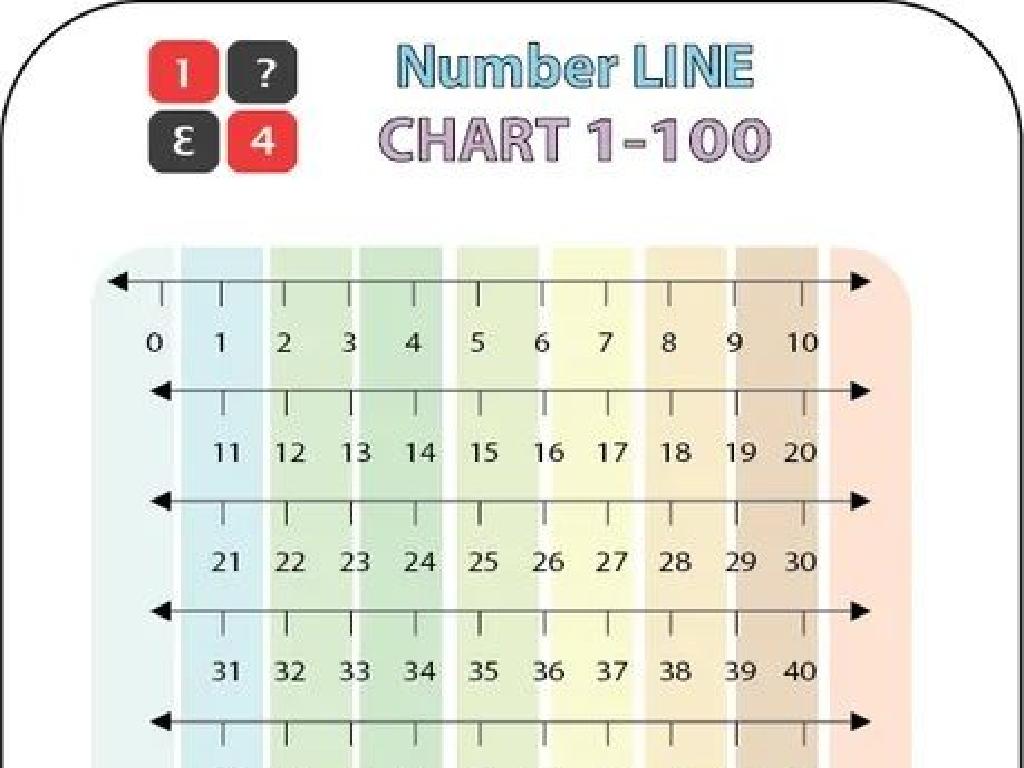Use The Correct Article: A Or An
Subject: Language arts
Grade: Third grade
Topic: Articles
Please LOG IN to download the presentation. Access is available to registered users only.
View More Content
Mastering Articles: ‘A’ and ‘An’
– Learn about ‘a’ and ‘an’
– When to use ‘a’ or ‘an’
– Use ‘a’ before words that start with a consonant sound
– The role of articles in sentences
– Articles help us talk about things more clearly
– Practice with examples
– ‘An apple’, ‘a cat’ – let’s find more together!
|
This slide introduces the concept of articles ‘a’ and ‘an’ to third-grade students. Begin by explaining that ‘a’ is used before words that start with a consonant sound, while ‘an’ is used before words that start with a vowel sound. Emphasize the importance of articles in making our sentences clear and helping us specify which thing we’re talking about. Engage the class with examples and encourage them to come up with their own. For instance, we say ‘a dog’ but ‘an elephant’. Plan a few simple activities where students can practice choosing the correct article for different nouns.
Understanding Articles: ‘A’ and ‘An’
– What is an article?
– Articles like ‘a’, ‘an’, and ‘the’ tell us if a noun is specific or not
– ‘A’ and ‘An’ are articles
– Use ‘a’ before words that start with a consonant sound
– When to use ‘a’
– Use ‘an’ before words that start with a vowel sound
– When to use ‘an’
|
This slide introduces the concept of articles to third-grade students, focusing on ‘a’ and ‘an’. Articles are words that come before nouns to indicate whether the noun is specific or unspecific. ‘A’ is used before words that start with a consonant sound, such as ‘a cat’ or ‘a dog’. ‘An’ is used before words that start with a vowel sound, such as ‘an apple’ or ‘an elephant’. It’s important to note that the use of ‘a’ or ‘an’ is determined by the sound that follows, not necessarily the first letter of the word. For example, ‘an hour’ uses ‘an’ because the ‘h’ is silent, and the word starts with a vowel sound. Encourage students to listen to the sound that follows the article to choose the correct one. Provide plenty of examples and practice opportunities.
Using the Article ‘A’
– ‘A’ before consonant sounds
– Examples: ‘a cat’, ‘a dog’
– Use ‘a’ when the next word starts with sounds like c, d, b, g
– ‘A’ with colors: ‘a purple balloon’
– Even with colors, use ‘a’ if it starts with a consonant sound
– Practice with consonant sounds
– Try saying ‘a book’, ‘a fox’, ‘a tree’ out loud
|
This slide introduces the use of the article ‘a’ which is used before words that begin with a consonant sound. Provide clear examples that the students can easily relate to, such as ‘a cat’ or ‘a dog’. Emphasize that ‘a’ is used even when describing objects with color, as long as the color word starts with a consonant sound, like ‘a purple balloon’. Encourage the students to practice by saying words that start with various consonant sounds to reinforce the rule. The practice will help solidify their understanding and ability to use ‘a’ correctly in sentences.
Using ‘An’ Before Vowel Sounds
– ‘An’ goes before vowel sounds
– Use ‘an’ not ‘a’ if the next word sounds like it starts with a vowel
– Examples: ‘an apple’, ‘an elephant’
– ‘An’ is used for smoother speaking and reading
– Practice with words starting with vowels
– Let’s say them together in class
– We’ll practice as a group to learn better!
|
This slide is designed to teach third-grade students the correct usage of the article ‘an’ before words that start with a vowel sound. It’s important to emphasize that it’s the sound that matters, not just the letter. For example, ‘an hour’ is correct because ‘hour’ starts with a vowel sound even though it starts with the letter ‘h’. Use the examples provided to illustrate the concept and then engage the class in a group activity where they say words that start with a vowel sound together. This will help them remember the rule and apply it in their writing and speaking. Encourage students to listen to how the words flow more smoothly with ‘an’ before vowel sounds.
Special Cases: Articles ‘a’ and ‘an’
– ‘a’ before vowel-like ‘you’
– Use ‘a’ when the next word sounds like it starts with ‘you’, e.g., ‘a university’
– ‘an’ before silent ‘h’
– Use ‘an’ when the next word starts with a silent ‘h’, e.g., ‘an hour’
– Explore more examples
– Practice with sentences
|
This slide focuses on the special cases when using the articles ‘a’ and ‘an’. Emphasize that the choice between ‘a’ and ‘an’ depends on the sound that follows, not just the letter. For example, ‘a’ is used before words that start with a vowel sound that sounds like ‘you’, such as ‘a university’, not ‘an university’ because it doesn’t start with the actual vowel sound. Similarly, ‘an’ is used before words where the ‘h’ is silent, such as ‘an hour’, not ‘a hour’. Provide additional examples and encourage students to come up with their own. Then, have them practice by creating sentences using ‘a’ and ‘an’ correctly in these special cases.
Let’s Practice Articles: A or An?
– Fill in the blanks with ‘a’ or ‘an’
– Example: I saw ___ elephant at the zoo.
– Use ‘an’ before vowel sounds: an elephant.
– Example: She wants ___ apple for lunch.
– Use ‘a’ before consonant sounds: a apple.
|
This slide is an interactive class activity designed to help students practice using the articles ‘a’ and ‘an’ correctly. Remind students that ‘a’ is used before words that begin with a consonant sound, and ‘an’ is used before words that begin with a vowel sound. During the activity, encourage students to say the sentences aloud to help them determine the correct article based on the sound that follows. Provide immediate feedback and explain why each article is correct. For further practice, you can have students come up with additional sentences or find examples in their reading where ‘a’ and ‘an’ are used.
Class Activity: Article Hunt
– Scavenger hunt for classroom objects
– Decide: ‘a’ or ‘an’ for each object
– ‘An’ before vowel sounds, ‘a’ before consonant sounds
– Write sentences with ‘a’ or ‘an’
– Example: ‘a pencil’, ‘an apple’
– Share your sentences with the class
|
This interactive activity is designed to help students understand the use of articles ‘a’ and ‘an’ in a fun and engaging way. Set up a scavenger hunt where students search for various objects around the classroom. Once they find an item, they must decide whether to use ‘a’ or ‘an’ based on the initial sound of the object’s name. Then, they will write sentences using the articles correctly with the objects they find. For example, ‘I found a red apple’ or ‘I picked up an interesting book.’ After the hunt, students will share their sentences with the class, allowing them to practice speaking and listening skills. The teacher should prepare a list of objects beforehand to ensure a variety of initial sounds and provide guidance on using ‘a’ and ‘an’ correctly.
Wrapping Up: ‘A’ and ‘An’
– Congratulations on learning ‘a’ and ‘an’!
– Remember: It’s all about the sound
– Use ‘a’ before words that start with a consonant sound
– Practice makes perfect
– The more you practice, the better you’ll get!
– Keep using ‘a’ and ‘an’ correctly
– Try to use them in your daily sentences
|
Great work today, class! You’ve learned the basics of using ‘a’ and ‘an’. It’s important to remember that the choice between ‘a’ and ‘an’ depends on the sound that follows the article, not just the letter the word starts with. For example, ‘an hour’ is correct because ‘hour’ starts with a vowel sound. Encourage the students to listen carefully to the sounds of words as they read and speak, and to practice using ‘a’ and ‘an’ in their writing. As homework, ask them to write sentences using ‘a’ and ‘an’ and to bring these to the next class for review.






